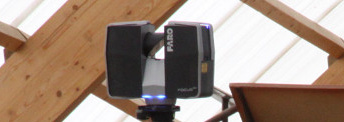- Profesor: Simon Cubelic
- Profesor: Friedhelm Hoffmann
- Profesor: Andreas Kaplony
- Profesor: Maria Khayutina
- Profesor: Martin Lehnert
- Profesor: Jared Miller
- Profesor: Evelyn Schulz
- Profesor: Sarrah Awad Abdalla Alawad
- Profesor: Yiming Du
- Profesor: Evan Eames
- Profesor: Ajesh Kizhakke Menakath
- Profesor: Anastasia Eleftheriadou
- Profesor: Mina Yacoub
Heritage professionals and archaeologists have long utilized
digital imaging techniques to document, analyze, and digitize
artifacts, historic buildings, and archaeological sites. In this
course, students will develop competencies in digital imaging
applications in cultural heritage and archaeology through field
and computer lab activities, which will introduce basic
principles and toolsets. Exercises will encompass an entire
workflow from image acquisition, processing of derived products
(i.e., digital drawings, 3D models, and digital elevation
models), and data visualization for analysis and dissemination
purposes. Covered techniques may include digital photography,
drone photography, digital photogrammetry (Image-based Modeling,
or IBM), Reflectance Transformation Imaging (RTI), and
multi-spectral imaging among others. Students will produce a final
project (assessed) and will present their work to the class at the
Institute for Digital Cultural Heritage XR Lab. An excursion
will complement the laboratory activities and expose students to a
real case study.
- Profesor: Tzveta Manolova
- Profesor: Mina Yacoub
- Profesor: Nicola Lercari
- Profesor: Nicola Lercari
- Profesor: Nicola Lercari
- Profesor: Nicola Lercari
- Profesor: Mina Yacoub
In this course, students will examine essential concepts in Cultural Heritage Studies, such as heritage preservation and digital heritage, by analyzing the ‘Digital Turn’ in this field and its history. The course covers how digital methods can capture, analyze, manage, curate, and disseminate cultural heritage data and related knowledge to solve critical issues affecting the world’s cultural heritage. For instance, how is the concept of heritage changing in the Digital Age? How can digital techniques aid in conserving tangible and intangible cultural resources or ensure sustainability in a changing climate or geopolitical scenario characterized by increasing anthropic threats? Students will also explore issues related to the cost, accessibility, representation, and sustainability of digital heritage technologies through classroom learning and readings.
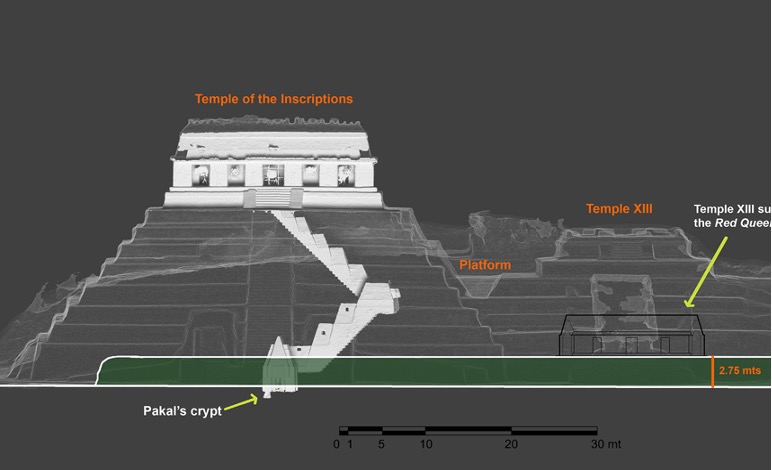
- Profesor: Nicola Lercari
This seminar introduces students to theoretical foundations and emerging debates around applying machine learning (ML) to archaeological and cultural heritage research. Through lectures and critical discussions of scholarly papers, students will gain familiarity with the terminology, concepts, and methods shaping the field. The course explores a wide spectrum of ML approaches, beginning with classical algorithms such as Decision Trees and Random Forests, advancing to neural networks like ANNs and CNNs, and engaging with cutting-edge developments in Generative AI, Transformers, and Large Language Models. Alongside technical exploration, students will address the ethical dimensions of ML in heritage contexts, including issues of bias, interpretability, and the “black-box” character of deep learning models. By situating ML techniques within cultural heritage studies, the seminar equips students to critically assess research, select appropriate algorithms, and develop a reflective understanding of the opportunities and limitations of computational methods.
- Profesor: Anastasia Eleftheriadou
- Profesor: Evan Eames
The rapid development of generative AI and machine learning (ML) technologies since 2017 has revolutionized not only industries but also offers immense opportunities for archaeology and cultural heritage management. With the help of no-code and low-code applications, even individuals without programming skills can utilize AI-based tools to make workflows more efficient and develop innovative projects. This seminar focuses on a user-centric approach, aiming to improve individual productivity and identify practical use cases that could eventually evolve toward autonomous AI agents.
- Introduction to AI: A foundational understanding of no-code/low-code technologies and generative AI.
- Hands-on Applications: Practical use of (freely) available AI software for tasks like data analysis, documentation, and creative problem-solving.
- Ideation Process: Group work to develop user-centric use cases for AI in archaeology and cultural heritage, based on the innovation process of Design Thinking.
- Prototyping & Evaluation: Practical implementation of a (conceptual) prototype, which will be presented and reflected upon at the end of the seminar.
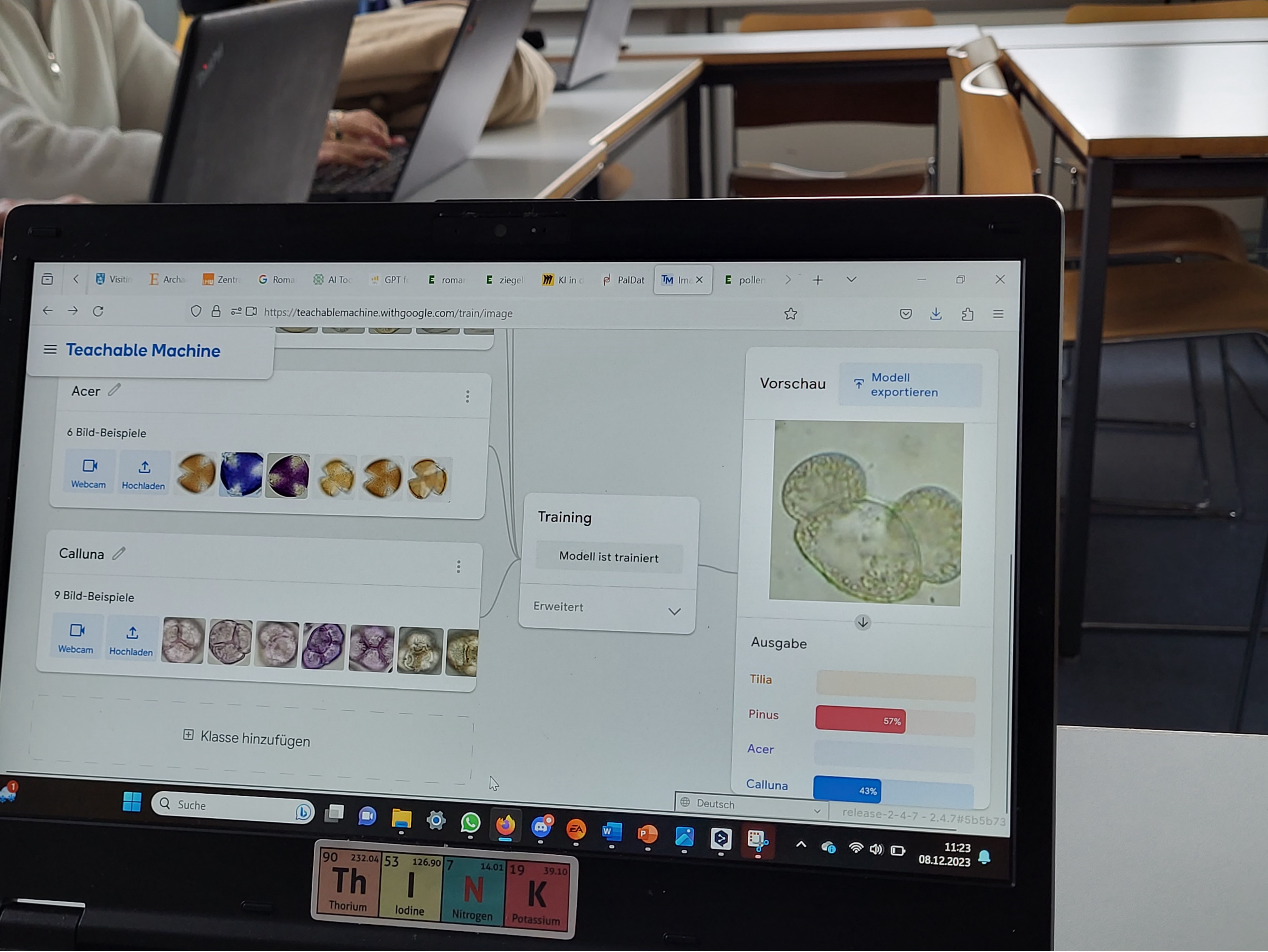
- Profesor: Fabian Heil
This course provides a comprehensive theoretical exploration of computational thinking for humanities research, focusing on algorithm structures, data structures, analysis techniques, and artificial intelligence. Students will engage in discussions to classify, contrast, and characterize computational thinking approaches, such as sorting algorithms, natural language processing techniques, and clustering methods, while examining their applicability to tasks like text analysis, metadata classification, network visualization, or computer vision, in humanities research.
Through debates and readings, students will argue, reflect, and improve their understanding of how specific solutions can be effectively applied to humanities analysis. They will compare and analyze methods to determine their relevance in specific contexts, identifying scenarios in which one approach is superior or more suitable compared to others.
The goal of this course is to foster a nuanced awareness of algorithmic and computational methods while empowering students to transfer this knowledge to real-world humanities challenges, such as analyzing large corpora of historical texts or constructing relational or graph databases for archival research.
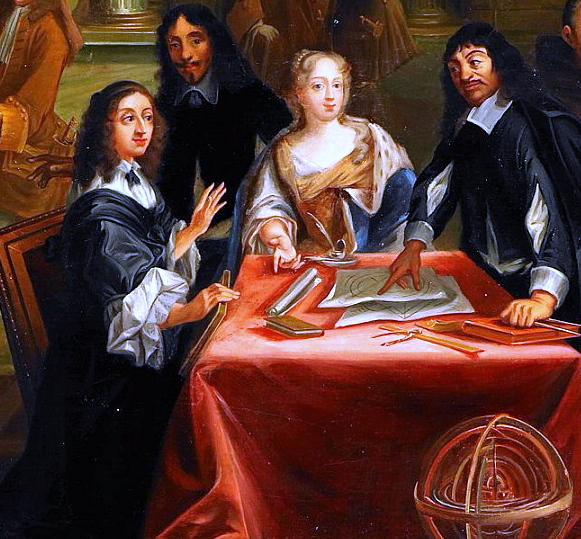
- Profesor: Bruno Sartini
- Profesor: Dario Calderone
Heritage professionals and archaeologists have long utilized
digital imaging techniques to document, analyze, and digitize
artifacts, historic buildings, and archaeological sites. In this
course, students will develop competencies in digital imaging
applications in cultural heritage and archaeology through field
and computer lab activities, which will introduce basic
principles and toolsets. Exercises will encompass an entire
workflow from image acquisition, processing of derived products
(i.e., digital drawings, 3D models, and digital elevation
models), and data visualization for analysis and dissemination
purposes. Covered techniques may include digital photography,
drone photography, digital photogrammetry (Image-based Modeling,
or IBM), Reflectance Transformation Imaging (RTI), and
multi-spectral imaging among others. Students will produce a final
project (assessed) and will present their work to the class at the
Institute for Digital Cultural Heritage XR Lab. An excursion
will complement the laboratory activities and expose students to a
real case study.
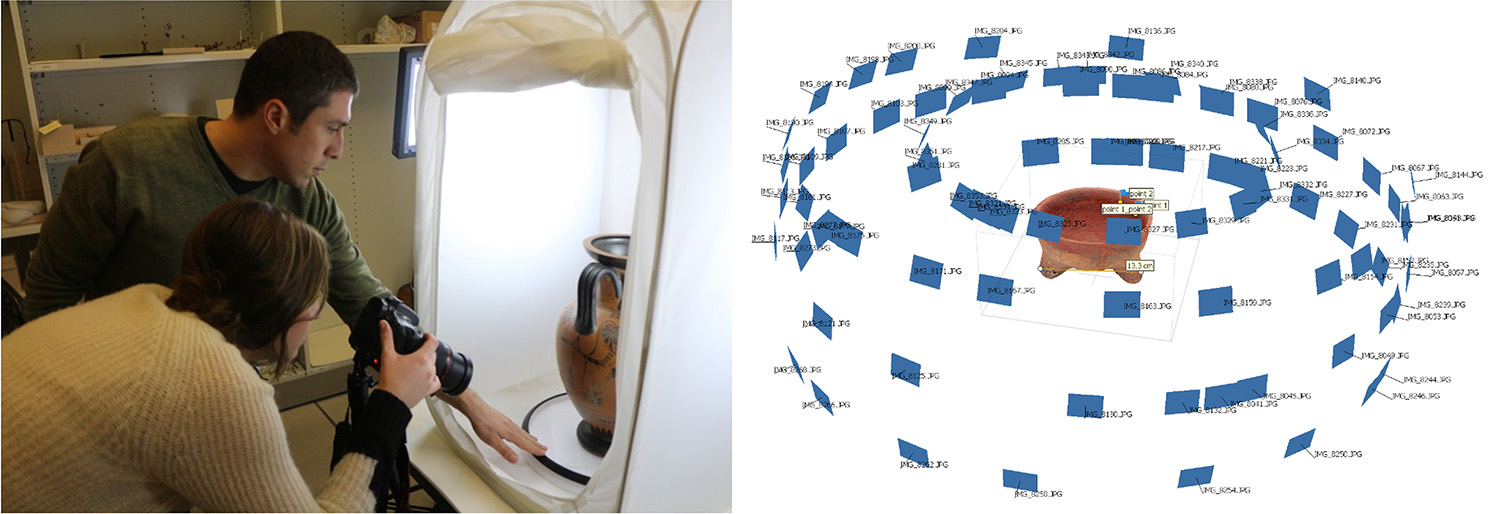
- Profesor: Dario Calderone
- Profesor: Simon Halama
- Profesor: Nicola Lercari
- Profesor: Mina Yacoub
- Profesor: Dario Calderone
- Profesor: Bruno Sartini
In this seminar, students will become familiar with preserving cultural heritage artefacts through digitalization, focussing on the use of linked open data. Through discussions and case studies, students will critically examine important aspects of digital preservation, such as authenticity, accuracy, accessibility, data provenance, chain of custody, data sovereignty, ISO standards, and best practices. In addition, students will analyse how linked open data can enhance access to cultural heritage resources, including art, architecture, manuscripts, heritage sites, and artefacts, and how this technology can benefit research, cultural memory, and dissemination.
The course will also provide opportunities for students to delve into the technical aspects of digital preservation, including metadata standards, data modelling, and data conversion techniques. By the end of the course, students will gain a deep understanding of the complexities involved in preserving cultural heritage in the digital age and will develop the skills to address these challenges through the use of linked open data.
The course will be held in person at the A20 Room Geschw.-Scholl-Pl. 1 (A) / A 020
The course will be taught completely in English, and all the materials and slides will be provided in English.
Duration of the course: 30h
Assessment Method: Presentation (oral) or Paper

- Profesor: Bruno Sartini
- Profesor: Dario Calderone
- Profesor: Kexin Lu
- Profesor: Bruno Sartini
In this course, students will examine essential concepts in Cultural Heritage Studies, such as heritage preservation and digital heritage, by analyzing the ‘Digital Turn’ in this field and its history. The course covers how digital methods can capture, analyze, manage, curate, and disseminate cultural heritage data and related knowledge to solve critical issues affecting the world’s cultural heritage. For instance, how is the concept of heritage changing in the Digital Age? How can digital techniques aid in conserving tangible and intangible cultural resources or ensure sustainability in a changing climate or geopolitical scenario characterized by increasing anthropic threats? Students will also explore issues related to the cost, accessibility, representation, and sustainability of digital heritage technologies through classroom learning and readings.

- Profesor: Nicola Lercari
Heritage professionals and archaeologists have long utilized
digital imaging techniques to document, analyze, and digitize
artifacts, historic buildings, and archaeological sites. In this
course, students will develop competencies in digital imaging
applications in cultural heritage and archaeology through field
and computer lab activities, which will introduce basic
principles and toolsets. Exercises will encompass an entire
workflow from image acquisition, processing of derived products
(i.e., digital drawings, 3D models, and digital elevation
models), and data visualization for analysis and dissemination
purposes. Covered techniques may include digital photography,
drone photography, digital photogrammetry (Image-based Modeling,
or IBM), Reflectance Transformation Imaging (RTI), and
multi-spectral imaging among others. Students will produce a final
project (assessed) and will present their work to the class at the
Institute for Digital Cultural Heritage XR Lab. An excursion
will complement the laboratory activities and expose students to a
real case study.

- Profesor: Nicola Lercari
Culture and heritage establish strong and long-lasting connections between people, their societies, and the world. These links are necessary to understand our sense of belonging, identity, and traditions. In this introductory course, students will examine the concept of heritage as a multifaceted site of local and global discourses and as a transnational asset we all are responsible for in the present and future. Embracing interdisciplinary theories and knowledge from Archaeology, Critical Heritage Studies, Cultural Resource Management, Ethnology, and Heritage Preservation, students will probe into the various components that define and conceptualize heritage as a cultural and political concept. For instance, what is heritage? What are its values and roles in the present and the past? Why is it worth preserving certain objects, sites, and practices while others disappear? How can we do so in ways that are effective and sustainable but also engage with local, indigenous, and descendant communities? How is the concept of heritage changing in the Digital Age?
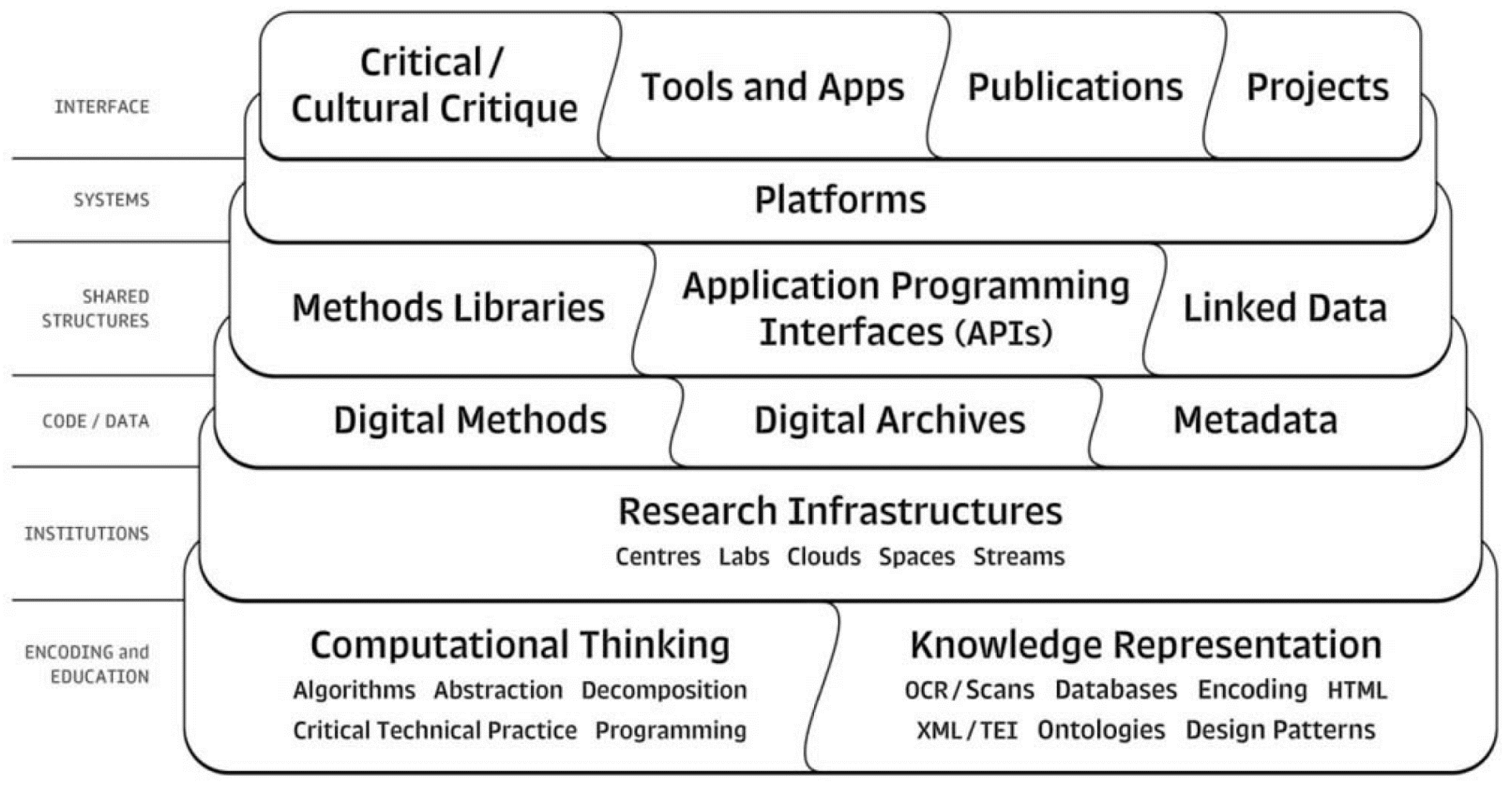
- Profesor: Nicola Lercari
This course serves as a comprehensive introduction to navigating the complexities of cultural heritage semantic information systems. Students will become familiar with fundamental concepts within the Linked Open Data (LOD) domain such as ontology, triple, knowledge graph, knowledge representation and knowledge extraction.
The course then delves into ontology design practices using the software Protégé and the extraction of LOD with the querying language SPARQL. Through hands-on activities, students develop practical skills in LOD, such as understanding and designing cultural heritage ontologies and querying cultural heritage semantic datasets. By the course's end, participants gain proficiency in ontology design and SPARQL, providing a foundational understanding of the creation and querying processes applied to data models for semantic databases about cultural heritage. No prior knowledge about linked open data is needed to follow this course.
- Profesor: Bruno Sartini
- Profesor: Dario Calderone
This course offers a foundational exploration and practice of key elements in web design. The topics covered include HTML, CSS, introductory aspects of JavaScript, and the Bootstrap framework for responsive design. Additionally, students will gain proficiency in using data visualization tools for the web. Students will engage in different exercises where they will need to apply and transfer acquired skills, ensuring that they not only become familiar with the theoretical foundation of web design but also gain the competence to solve problems within this discipline. By the course's conclusion, students will possess the ability to examine, rewrite, and organize web content while successfully applying design principles to construct compelling and responsive websites tailored for humanistic purposes and beyond. This course sets the stage for a holistic understanding of web design principles, providing students with the tools to navigate the ever-evolving landscape of web design and digital communication.
- Profesor: Bruno Sartini
This course conceives heritage as a cultural practice that is integral to shaping, overseeing, and reconciling the diverse values and meanings assigned to heritage on both local and global scales. Probing knowledge from the field of Critical Heritage Studies, students will investigate the impact of contemporary heritage theories and concepts on the crucial discussions surrounding the characterization of global, national, and local heritage, along with considerations of universal, community, and individual rights. For instance, we will ask: What constitutes heritage? Who holds the authority to define it? Who ought to oversee its management and preservation? In what ways does the concept of heritage serve to unite or potentially create divisions within communities? What repercussions arise from the diverse approaches that different groups take in appropriating and utilizing heritage? Is there a universally recognized human right to unrestricted access, expression, and preservation of heritage? And if such a right exists, how is it manifested? We will also question how globalization, migrations, and climate change affect heritage issues and how the concept of heritage is changing in the Digital Age. These topics will be examined through a cross-geographical and cross-historical examination of case studies, contributing to elucidating them at local and global levels.
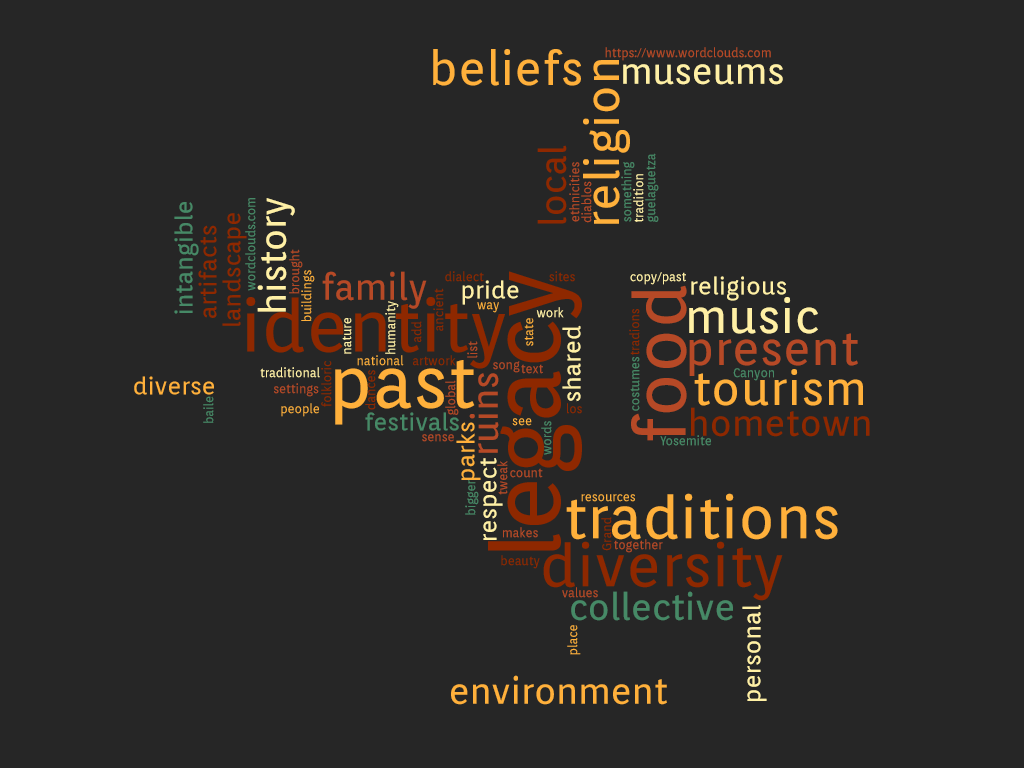
- Profesor: Nicola Lercari
- Profesor: Dario Calderone

- Profesor: Bruno Sartini
- Profesor: Bruno Sartini
Heritage professionals and archaeologists have long utilized
digital imaging techniques to document, analyze, and digitize
artifacts, historic buildings, and archaeological sites. In this
course, students will develop competencies in digital imaging
applications in cultural heritage and archaeology through field
and computer lab activities, which will introduce basic
principles and toolsets. Exercises will encompass an entire
workflow from image acquisition, processing of derived products
(i.e., digital drawings, 3D models, and digital elevation
models), and data visualization for analysis and dissemination
purposes. Covered techniques may include digital photography,
drone photography, digital photogrammetry (Image-based Modeling,
or IBM), Reflectance Transformation Imaging (RTI), and
multi-spectral imaging among others. Students will produce a final
project (assessed) and will present their work to the class at the
Institute for Digital Cultural Heritage XR Lab. An excursion
will complement the laboratory activities and expose students to a
real case study.

- Profesor: Dario Calderone
- Profesor: Nicola Lercari
In this course, students will examine main museum concepts and functions and their historical evolution to understand the shifting role and purposes of these institutions over the centuries. Drawing from numerous examples from various museums worldwide, students will use their critical knowledge to discuss contemporary museum studies topics and probe into the various aspects that define and conceptualize the usage of technology in museums.

- Profesor: Nicola Lercari
In this course, students will examine essential concepts in Cultural Heritage Studies, such as heritage preservation and digital heritage, by analyzing the ‘Digital Turn’ in this field and its history. The course covers how digital methods can capture, analyze, manage, curate, and disseminate cultural heritage data and related knowledge to solve critical issues affecting the world’s cultural heritage. For instance, how is the concept of heritage changing in the Digital Age? How can digital techniques aid in conserving tangible and intangible cultural resources or ensure sustainability in a changing climate or geopolitical scenario characterized by increasing anthropic threats? Students will also explore issues related to the cost, accessibility, representation, and sustainability of digital heritage technologies through classroom learning and readings.

- Profesor: Simon Halama
- Profesor: Nicola Lercari
Culture and heritage establish strong and long-lasting connections between people, their societies, and the world. These links are necessary to understand our sense of belonging, identity, and traditions. In this introductory course, students will examine the concept of heritage as a multifaceted site of local and global discourses and as a transnational asset we all are responsible for in the present and future. Embracing interdisciplinary theories and knowledge from Archaeology, Critical Heritage Studies, Cultural Resource Management, Ethnology, and Heritage Preservation, students will probe into the various components that define and conceptualize heritage as a cultural and political concept. For instance, what is heritage? What are its values and roles in the present and the past? Why is it worth preserving certain objects, sites, and practices while others disappear? How can we do so in ways that are effective and sustainable but also engage with local, indigenous, and descendant communities? How is the concept of heritage changing in the Digital Age?

- Profesor: Simon Halama
- Profesor: Nicola Lercari
Culture and heritage establish strong and long-lasting connections between people, their societies, and the world. These links are necessary to understand our sense of belonging, identity, and traditions. In this introductory course, students will examine the concept of heritage as a multifaceted site of local and global discourses and as a transnational asset we all are responsible for in the present and future. Embracing interdisciplinary theories and knowledge from Archaeology, Critical Heritage Studies, Cultural Resource Management, Ethnology, and Heritage Preservation, students will probe into the various components that define and conceptualize heritage as a cultural and political concept. For instance, what is heritage? What are its values and roles in the present and the past? Why is it worth preserving certain objects, sites, and practices while others disappear? How can we do so in ways that are effective and sustainable but also engage with local, indigenous, and descendant communities? How is the concept of heritage changing in the Digital Age?

- Profesor: Nicola Lercari
Heritage professionals and archaeologists have long utilized
digital imaging techniques to document, analyze, and digitize
artifacts, historic buildings, and archaeological sites. In this
course, students will develop competencies in digital imaging
applications in cultural heritage and archaeology through field
and computer lab activities, which will introduce basic
principles and toolsets. Exercises will encompass an entire
workflow from image acquisition, processing of derived products
(i.e., digital drawings, 3D models, and digital elevation
models), and data visualization for analysis and dissemination
purposes. Covered techniques may include digital photography,
drone photography, digital photogrammetry (Image-based Modeling,
or IBM), Reflectance Transformation Imaging (RTI), and
multi-spectral imaging among others. Students will produce a final
project (assessed) and will present their work to the class at the
Institute for Digital Cultural Heritage XR Lab. An excursion
will complement the laboratory activities and expose students to a
real case study.
- Profesor: Nicola Lercari
Culture and heritage establish strong and long-lasting connections between people, their societies, and the world. Museums are permanent institution in the service of society and its development, which create and maintain these material and immaterial connections for the purposes of education, study and enjoyment. Today, museums are also places of controversies surrounding exhibitions and collections. They are also spaces of innovation linked to the development of new technology for collection digitization, knowledge representation, and dissemination. In this course, students will examine main museum concepts and functions and their historical evolution to understand the shifting role and purposes of these institutions over the centuries. Drawing from numerous examples from various museums worldwide, students will use their critical knowledge to discuss contemporary museum studies topics and probe into the various aspects that define and conceptualize the usage of technology in museums. Finally, students will engage with how the COVID-19 pandemic has affected museums globally and how technology has been used by museums to face the challenges of the 21st century.
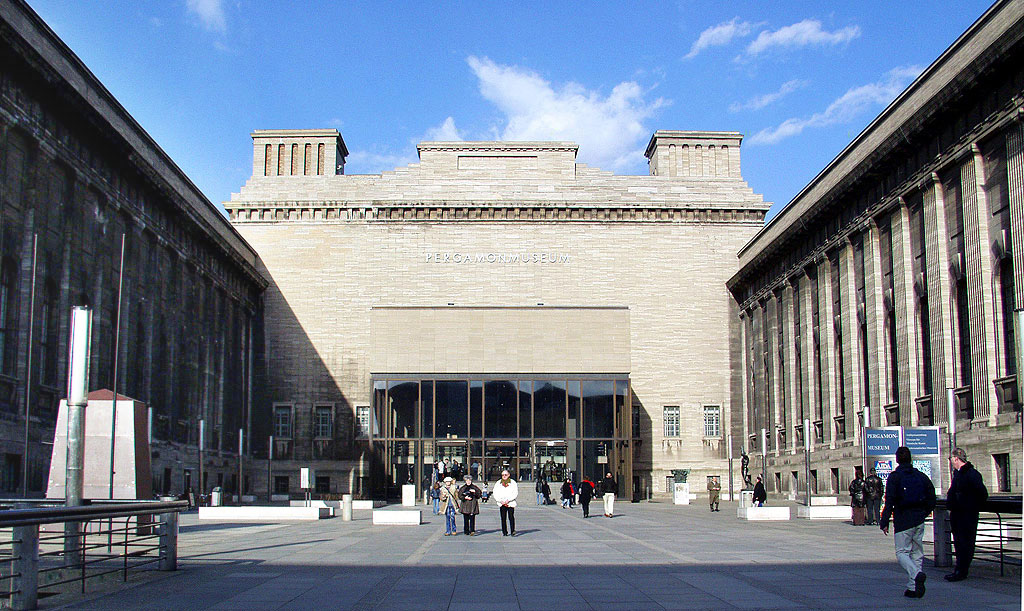
- Profesor: Nicola Lercari
